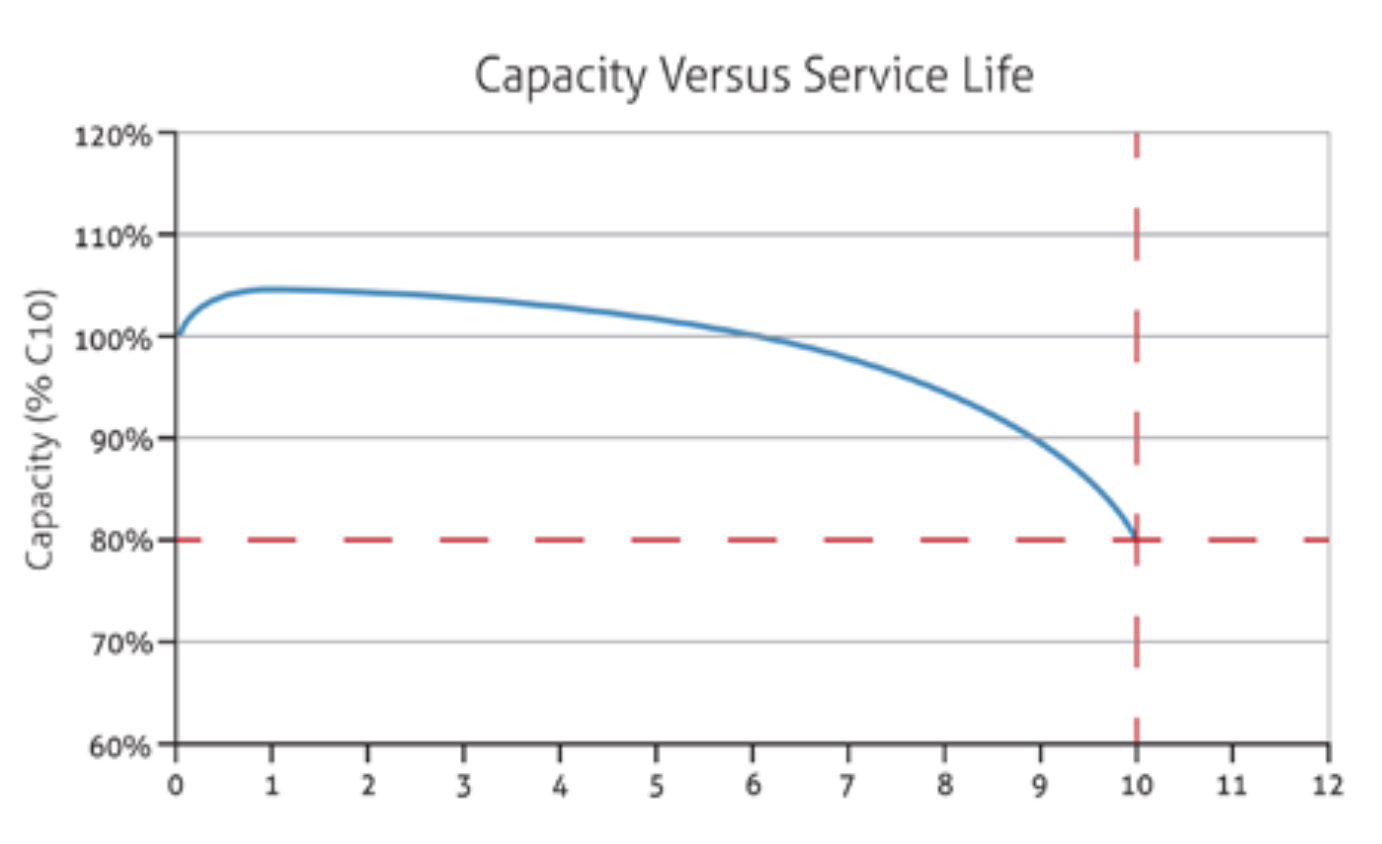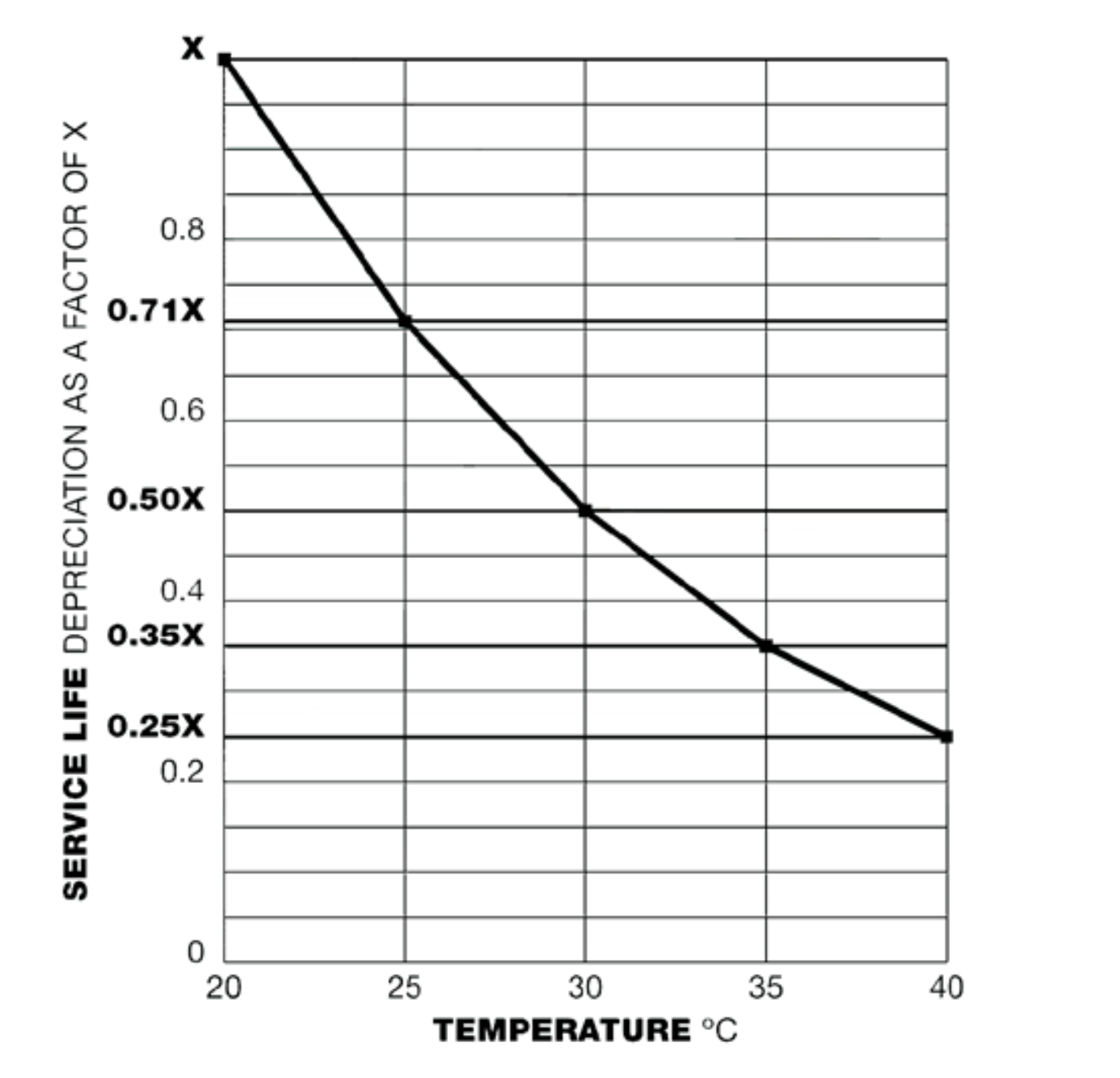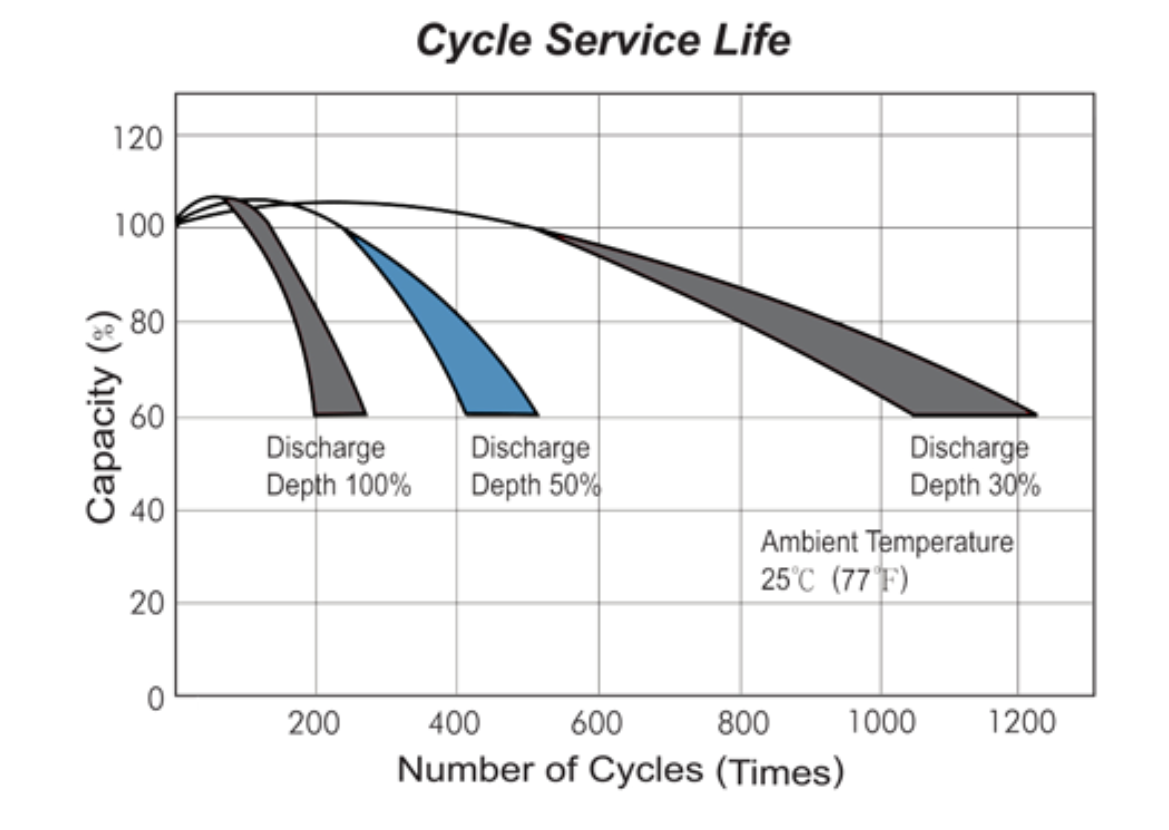How to Extend the Lifespan of UPS Batteries

How to Extend the Lifespan of UPS Batteries
The battery system connected to an Uninterruptible Power Supply (UPS) plays a vital role in ensuring continuous operation. Without proper battery maintenance, a UPS cannot function as intended.
Battery failure is just as critical as a power outage. Moreover, batteries are one of the most expensive components in a UPS system. Therefore, appropriate maintenance is crucial.
Neglecting battery care or ignoring usage recommendations increases risks to critical equipment and business continuity. While lithium-ion batteries are gaining popularity, most UPS systems still rely on sealed lead-acid batteries. These are large and heavy but can deliver high current over a short periodideal for blackouts or generator startups.
Design Life vs. Actual Battery Life
Even though manufacturers state that batteries have a design life of 5 or 10 years, EUROBAT defines end-of-life as when battery capacity drops below 80% of its original capacity. Even under ideal conditions, battery performance visibly declines after a few years.
In reality, a battery's lifespan depends on factors such as temperature, storage, discharge levels, and usage frequency. If no external stressors are present, a battery designed for 10 years will drop below 100% capacity by year 6 and reach 80% by year 10.
This is why many users choose to replace 10-year design life batteries in year 7 or 8to ensure safety and reduce risk.

Premature Battery Failure
UPS batteries typically follow a "bathtub curve" failure pattern, which can be divided into three distinct phases:
- Phase A (Infant Mortality):
Failures caused by manufacturing defects or damage during transport. - Phase B (Random Failures):
Failures that occur randomly during normal operation. These are relatively rare and tend to remain at a constant, low rate. - Phase C (Wear Out):
A sharp increase in failures toward the end of battery life. Over 98% of UPS system failures occur during this phase.

Factors Affecting Battery Life
1. Temperature
- High temperatures are a major cause of battery degradation. They accelerate chemical reactions, leading to increased water loss and corrosion.
- Sealed lead-acid batteries are designed to operate optimally at 2025°C. For every 10°C increase above this range, battery life is cut in half.

2. Frequency and Depth of Discharge
- Each discharge and recharge cycle slightly reduces the batterys capacity. Batteries that are only partially discharged can withstand more cycles than those regularly discharged to full depletion.

- Charging outside manufacturer-specified parameters can significantly damage the battery and shorten its lifespan:
- Overcharging:
Produces excessive hydrogen and oxygen gases, potentially leading to thermal runawaya condition where the battery overheats and may become damaged or even explode. - Undercharging:
Causes sulfate crystals to form on the battery plates, reducing overall capacity.
- Overcharging:
- Ripple currents from rectifiers, chargers, or inverters can cause internal heating and lead to premature battery failure.
- Batteries naturally self-discharge when not in use, reducing service life. For long-term storage, follow the manufacturers top-up charging schedule and store at or below 10°C.
6. Period of Time Batteries Are Left in a Discharged State
- Leaving batteries fully discharged for extended periods can cause irreversible damage and impair their ability to recharge.
How to Extend Battery Lifespan
- Regular Maintenance and Inspection: Inspect batteries regularly, clean terminals, check for corrosion, and ensure all connections are secure.
- Battery Testing: Use various methods such as voltage checks, current measurements, and resistance testing to assess battery condition and predict potential failures.
- Temperature Control: Keep batteries within an optimal temperature range of 2025°C, preferably in a climate-controlled room with regulated humidity.
- Proper UPS Usage: Avoid deep discharges and utilize a battery care system to help extend service life.
If you're interested in professional battery and UPS maintenance services, BT Connect specializes in battery system care and UPS support. We're committed to helping your power infrastructure operate at peak performance while minimizing the risks of system failure.


